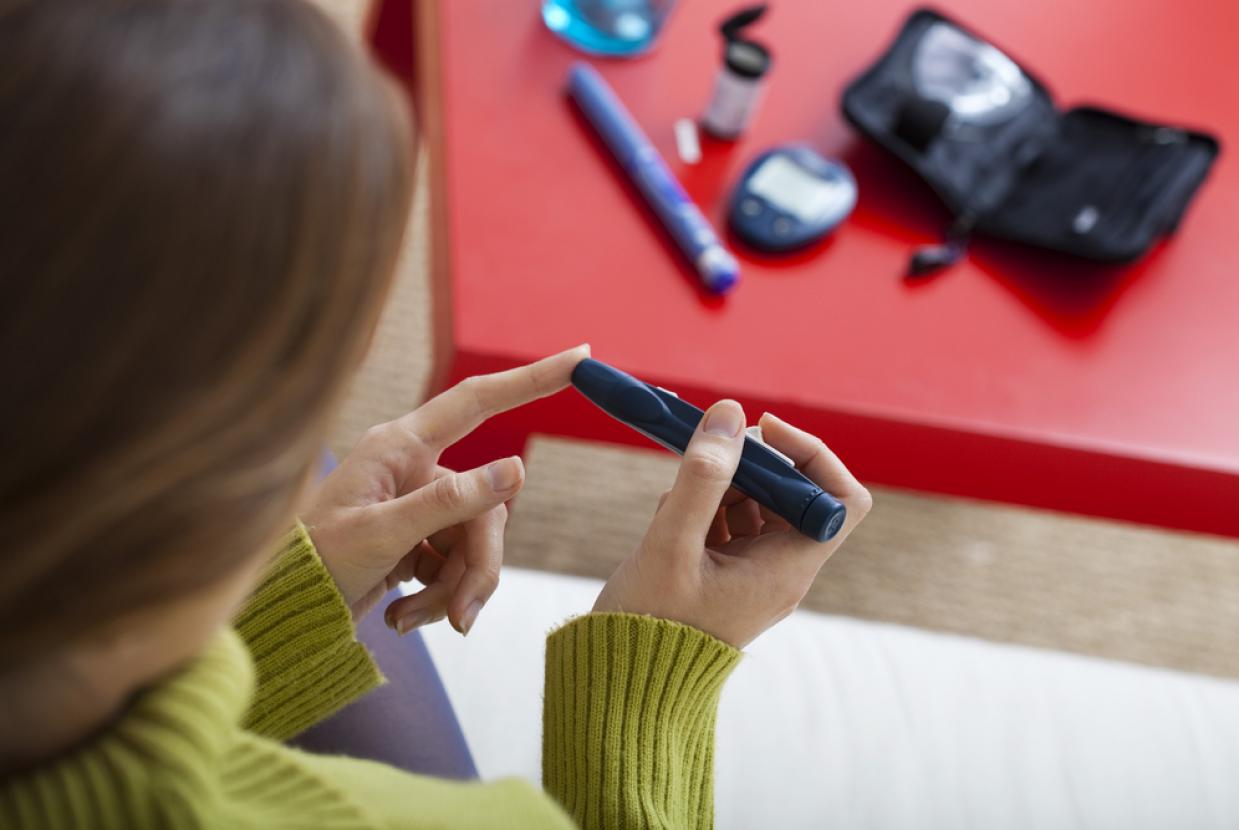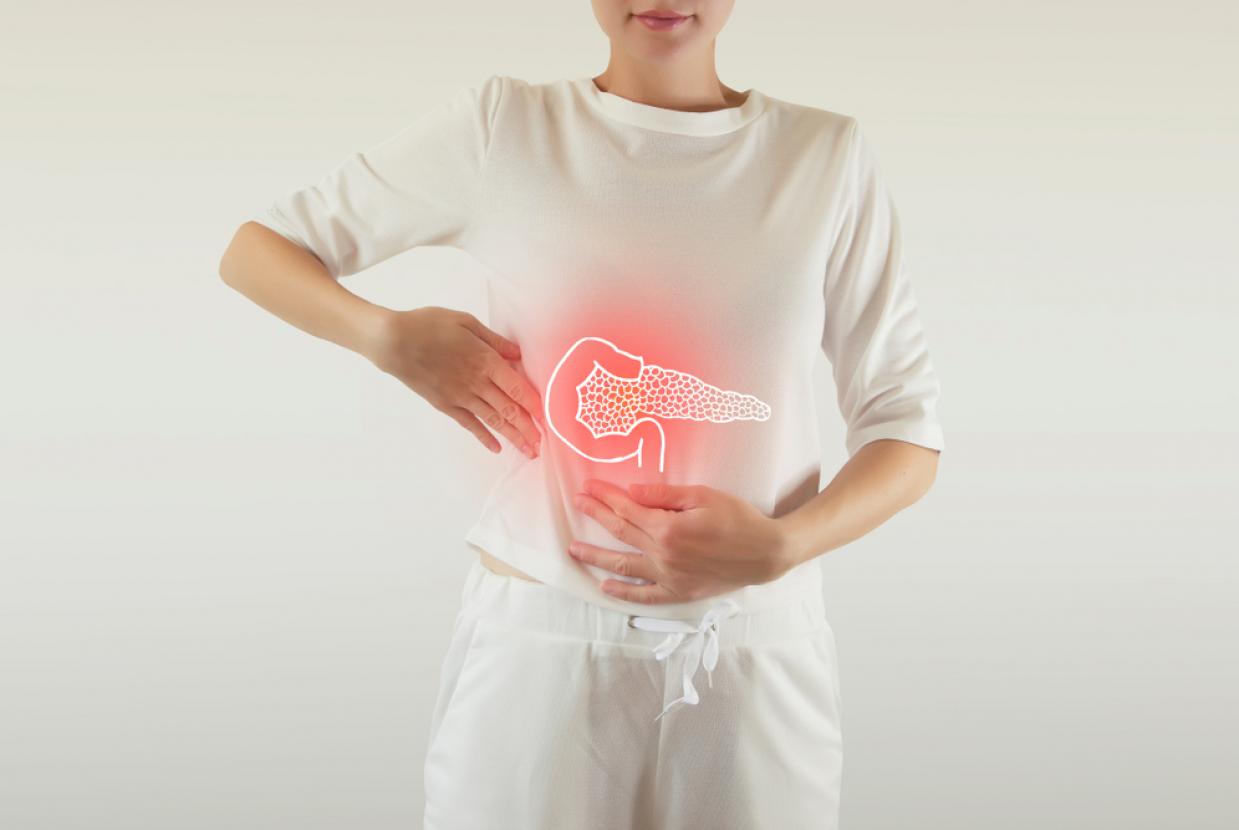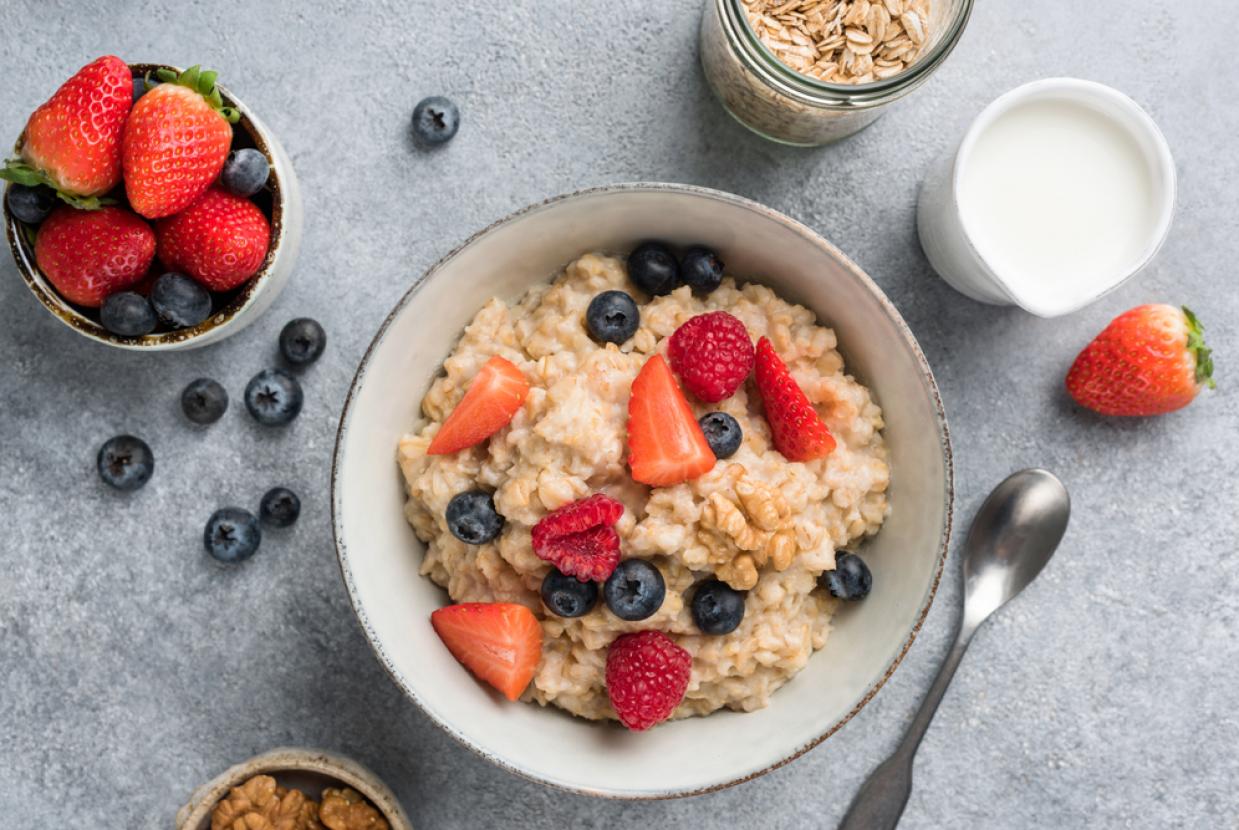Type 2 Diabetes
The hormone insulin, produced by the pancreas, controls the amount of glucose (blood sugar) in the blood. Glucose is an important source of energy for the body.
There are two main types of diabetes:
- type 1 – where the pancreas doesn't produce any insulin
- type 2 – where the pancreas doesn't produce enough insulin or the body's cells don't react to insulin
Type 2 diabetes is often associated with obesity and tends to be diagnosed in older people. It's more common than type 1 diabetes. The symptoms of diabetes occur because the lack of insulin means glucose stays in the blood and isn't used as fuel for energy.
Your body tries to reduce blood glucose levels by getting rid of the excess glucose in your urine.
Typical symptoms include:
- feeling very thirsty
- passing urine more often than usual, particularly at night
- feeling very tired
- weight loss and loss of muscle bulk
These signs and symptoms aren't always obvious, however, and it's often diagnosed during a routine check-up.
Three of the main risk factors for developing type 2 diabetes are:
- Age – being over the age of 40 (over 25 for people of south Asian, Chinese, African-Caribbean or black African origin, even if you were born in the UK)
- Genetics – having a close relative with the condition, such as a parent, brother or sister
- Weight – being overweight or obese
People of south Asian and African-Caribbean origin also have an increased risk of developing complications of diabetes, such as heart disease, at a younger age than the rest of the population.































